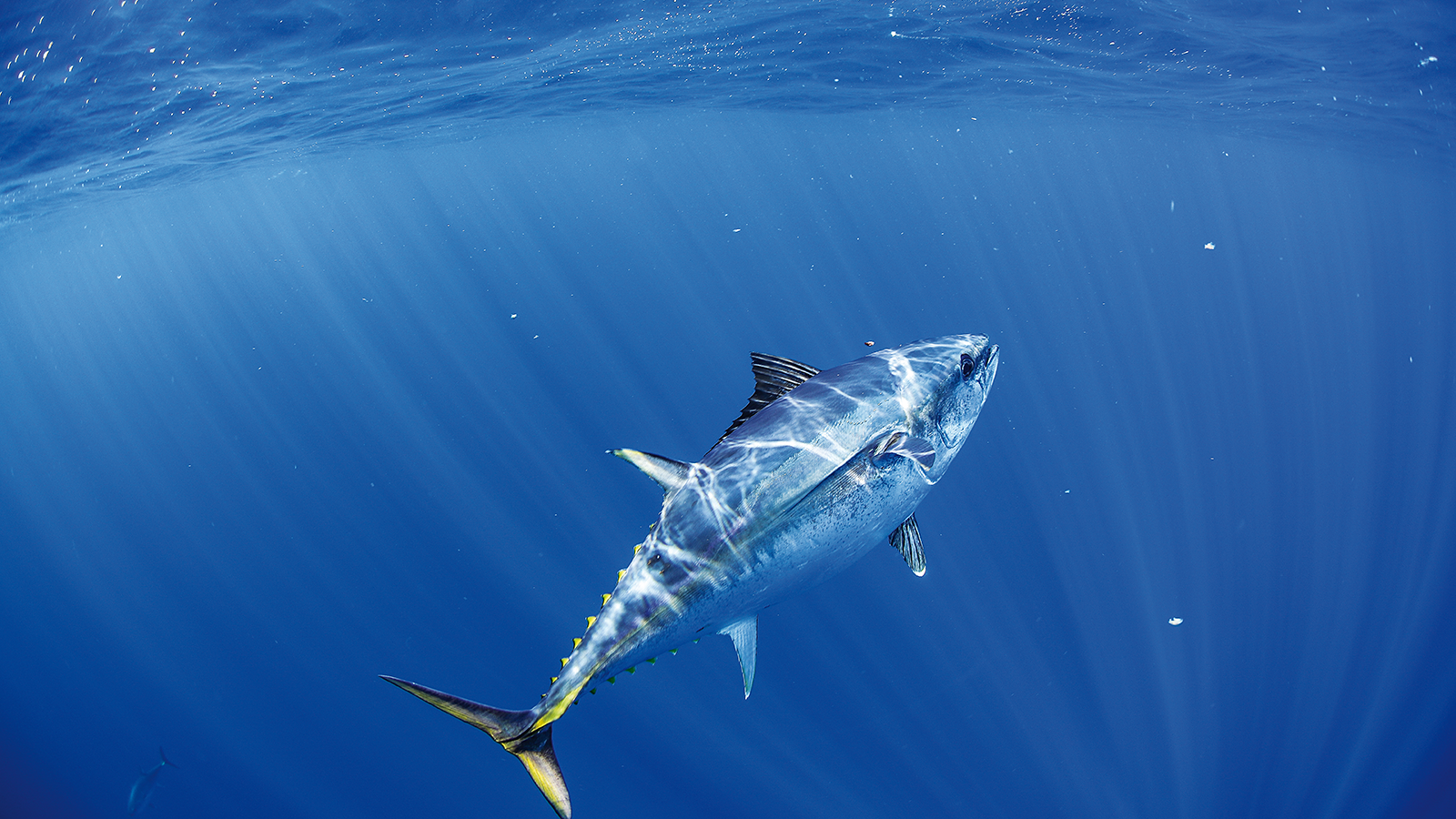From April 15th, 2000, all NPF vessels will be required to use B&Ts in their nets. This constitutes a major change in fishing practice and it is unclear how the catching and economic performance of the fishery will be affected. An accurate assessment of B&T performance will be a vital step towards removing pressure on the fishery from legislation aimed at protecting species and the environment. The Endangered Species Protection Act 1992 and new Commonwealth environment legislation (the Environment Protection and Biodiversity Conservation Act 1999) will enable effective listings of key threatening processes, of which trawling may again be one. However, if the NPF can demonstrate adequate reductions in catches of vulnerable species due to the use of B&Ts, it may avoid any actions arising from such a listing.
There is an ongoing need for NPF fishers to optimise the performance of B&Ts. The NPF is a large and remote fishery and many fishers still have little or no experience with B&Ts. Hence, there is widespread concern by industry over a lack of preparedness as the 2000 season approaches. This project proposes to continue to develop B&Ts by using the skills and expertise of industry and the other project collaborators in the first and second years after the complusory introduction of B&Ts.
NORMAC has approved a suite of B&Ts for use in the NPF and regulations pertaining to their design and use. These regulations will also provide scope for fishers to develop new exclusion devices. However, an approval process or protocol is not yet defined. This project will design an appropriate assessment and approval process for new B&T designs.
The use of B&Ts may also have implications for fishing effort standardisation based on their potential to change a fisher’s ability to catch prawns. Therefore, it is necessary to accurately measure the change in catches so that adjustments in fleet effort can be made for stock assessments.
It is also important that fishers are convinced that the actual use of B&Ts, rather than just the appearance of use, may be in their economic interest. The purchase costs of B&Ts and any negative effects on the overall performance of the fishing gear or its handling must be viewed by fishers against any economic benefits arising from the use of the devices. This project proposes an economic assessment of the costs and benefits of the introduction of B&Ts.





